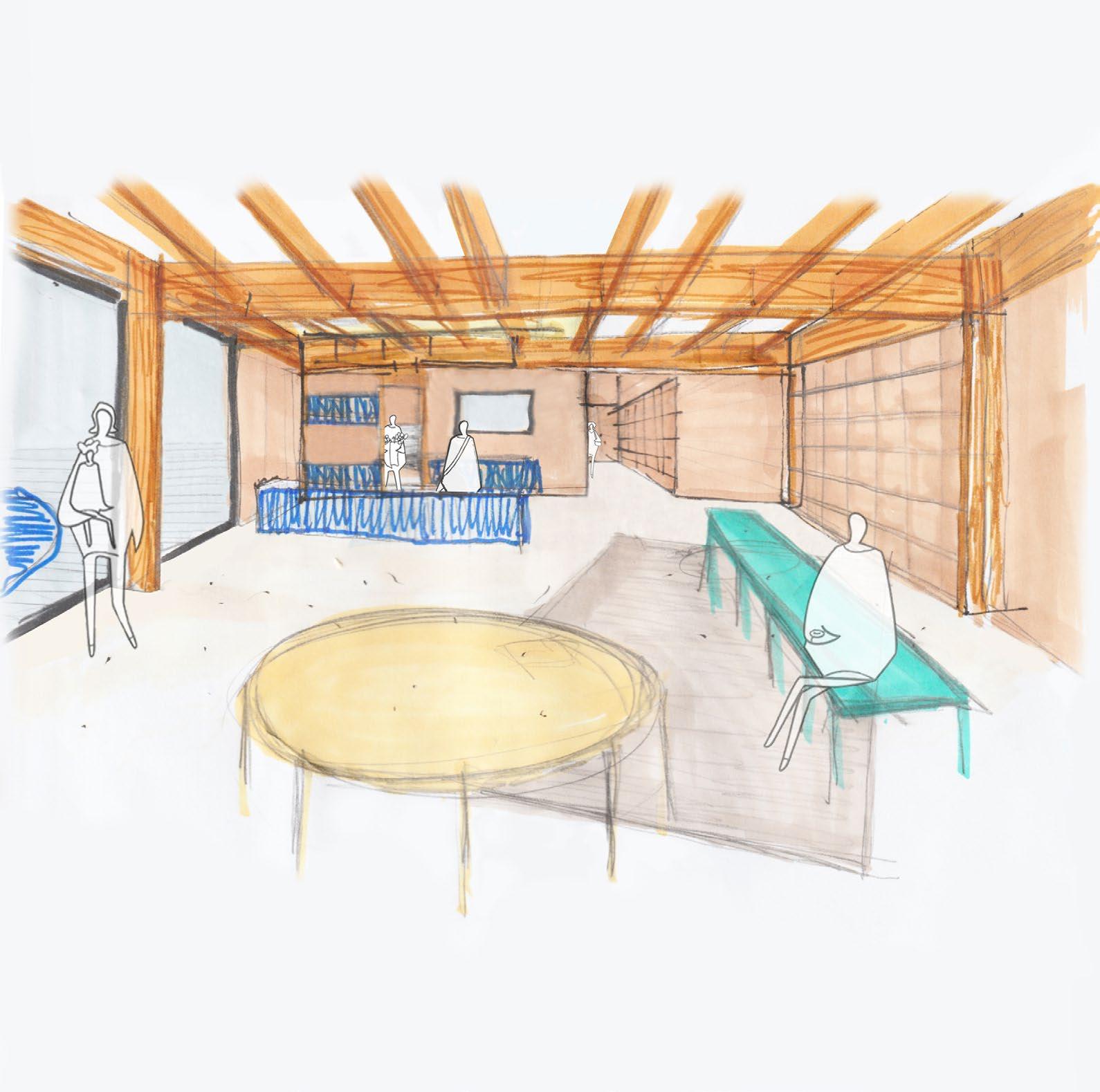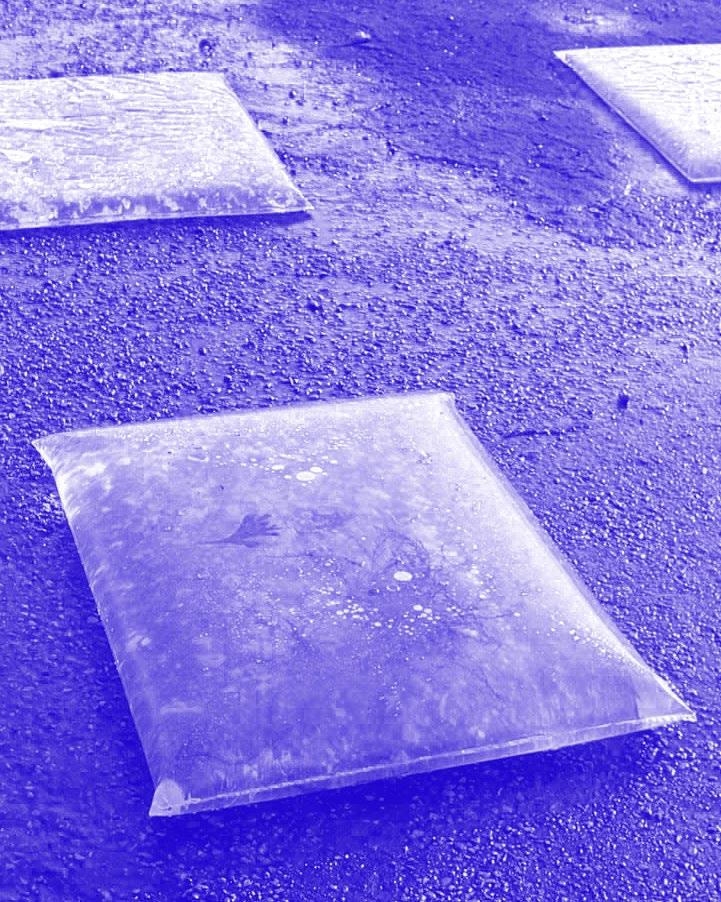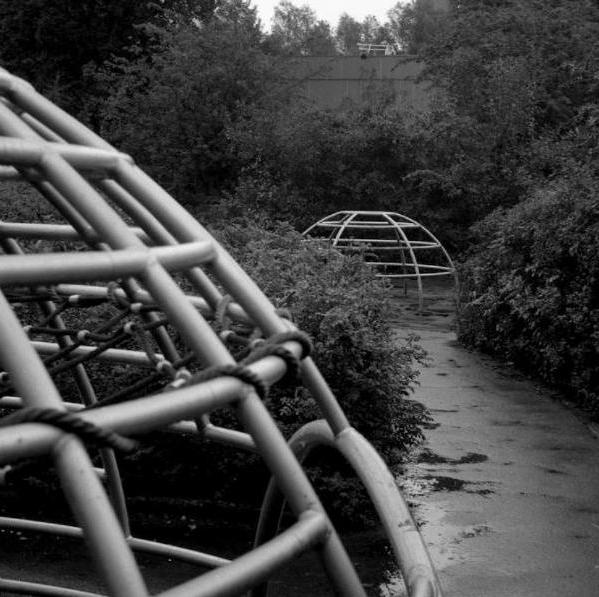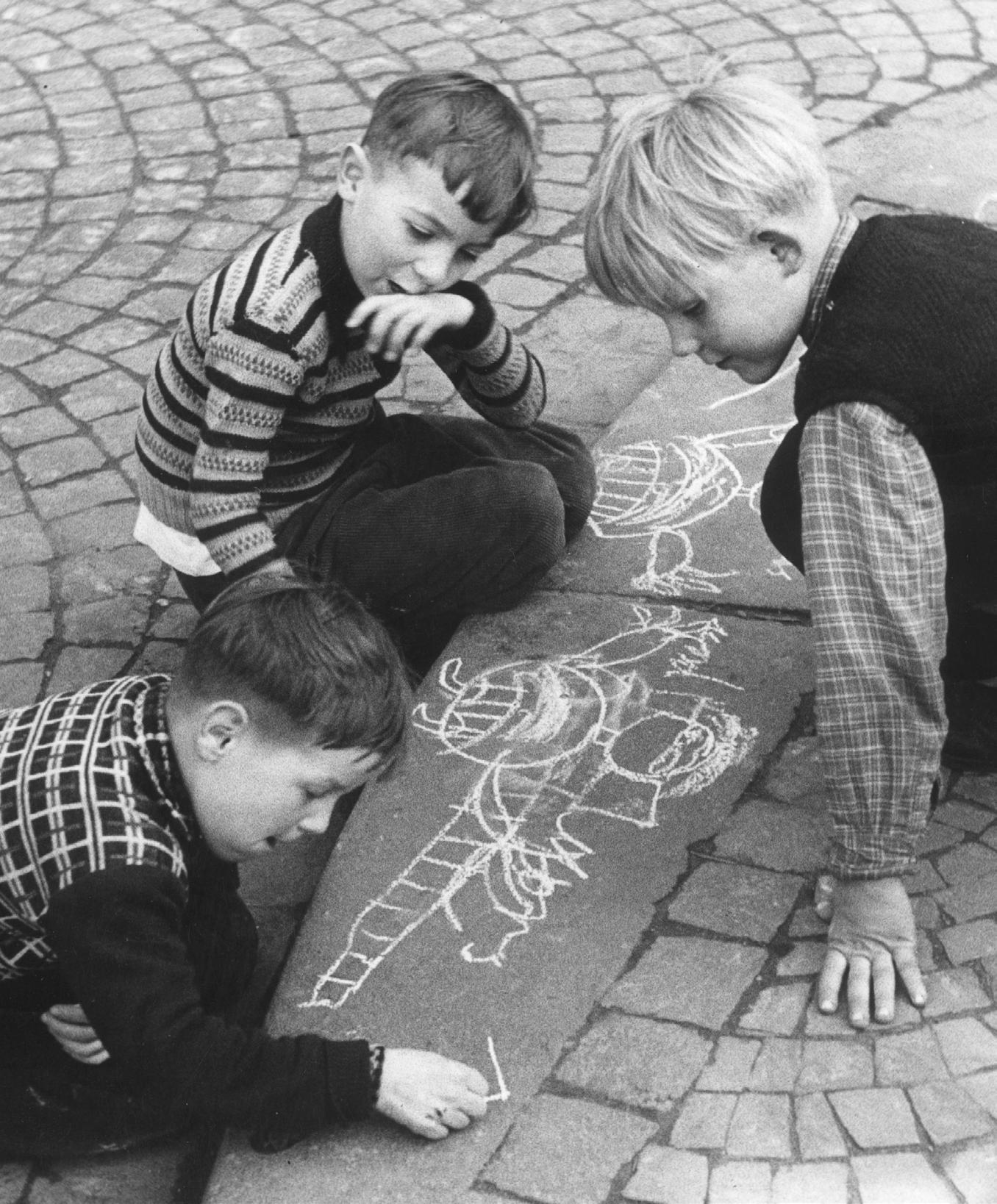WATER USES IN BRUSSELS Water has played a structural role in shaping the city of Brussels. Back in the 1900, the city was totally fragmented by its watercourses. The image we have nowadays of Bruges or Ghent, was actually similar to Brussels at that time. Few major elements did changed it to what is it right now such as the vaulting of the Zenne/Senne and the creation of the Brussels-Charleroi Canal. In this chapter, the scope will be oriented towards the understanding of water elements present in Brussels. It will also understand the shaping faculties and socio-spatial interactions they can trigger. An historical development of water uses will executed to grasp the socio-cultural impacts linked to the management of water resource components.
22
[Fountains] From the XVI century and maybe even before, fountains took the role of the Zenne/Senne and played a major part in providing neigbourhoods in local drinkable water. They were also main exchange places with markets: those gathering spaces allowed discussion while collecting the necessary water for basic needs. Some of those fountains are pretty well known nowadays but most of them disappeared with time. For example, the fountain situated on the Grand Place vanished in 1767 during the renovation of the Maison du Roi. The Mannekenpis also had a vocation to supply a neighbourhood in water, not being like today, an attraction for a myriad of tourists.
A good example to shortly understand the concept, is Berlin (see figure on the adjacent page). The wall and separation of the city, induced the construction of two separate water management systems. When the wall was teared apart, the two metastructures were connected together through huge blue and pink pipes. Those are still visible nowadays. The structural and interactive role it invoked and the role it plays in the city today, is to my concern, an interesting and thought provoking concept to reflect on. The same reflection will be intended on the global history of water interaction in Brussels.
Fig. 3 - Etching of Mannekenpis (1697) (Source: De Fonteinen van Brussel)
The first known use of water of the history of Brussels is the Senne/Zenne. The inhabitants enjoyed the watercourse for bathing and supply them in water for basic needs.
After the years as the water network was put in place in 1900, fountains lost their utility, only providing decorative characters to the city. Since then, they fell into a relative forgetfulness.
Â| WATER USES IN BRUSSELS


























